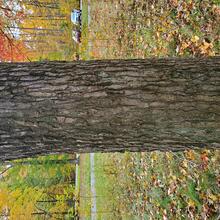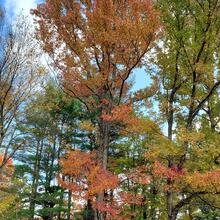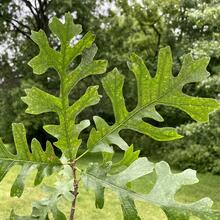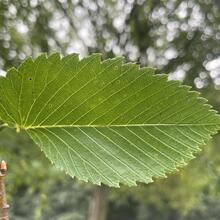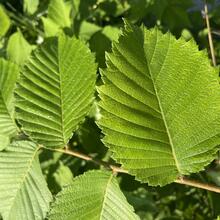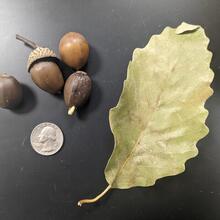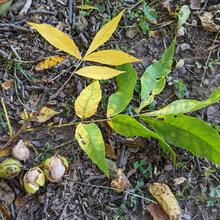Liquidambar styraciflua
Altingiaceae
More common in Southern U.S., native range is limited to southern portion of Ohio. Not suitable for restoration plantings. Prefers alluvial soil, but tolerates wide range of soil conditions.
Summary
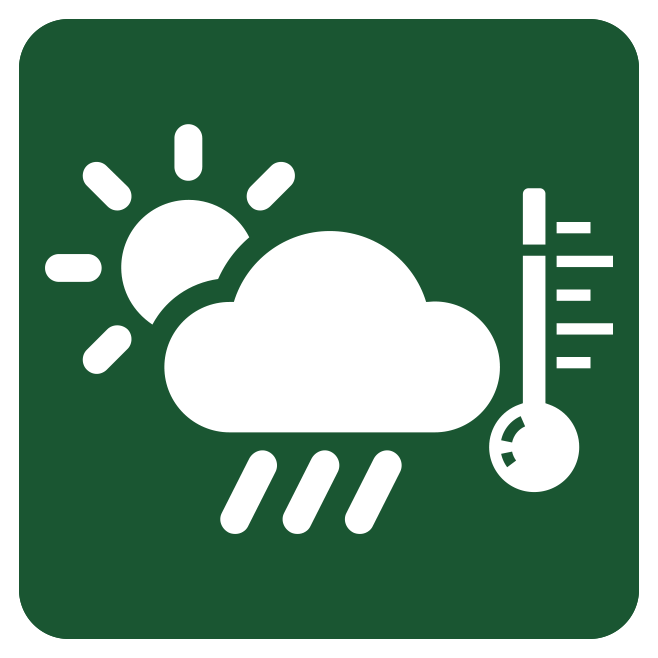 Climate Tolerance
Climate Tolerance
Good
Wildlife Benefits
Seeds winter food source for songbirds, small mammals
Pollination Type
Wind
Plant Hardiness Zones
5 to 9
# Butterfly/Moths that use as host
Unknown
Bloom Time
Spring (Apr-May)
 Shade/Sun Tolerance
Shade/Sun Tolerance
Part Shade: Receives 2-4 hours of direct sunlight, preferably in the morning
 Maximum Height
Maximum Height
Large (75-100 ft)
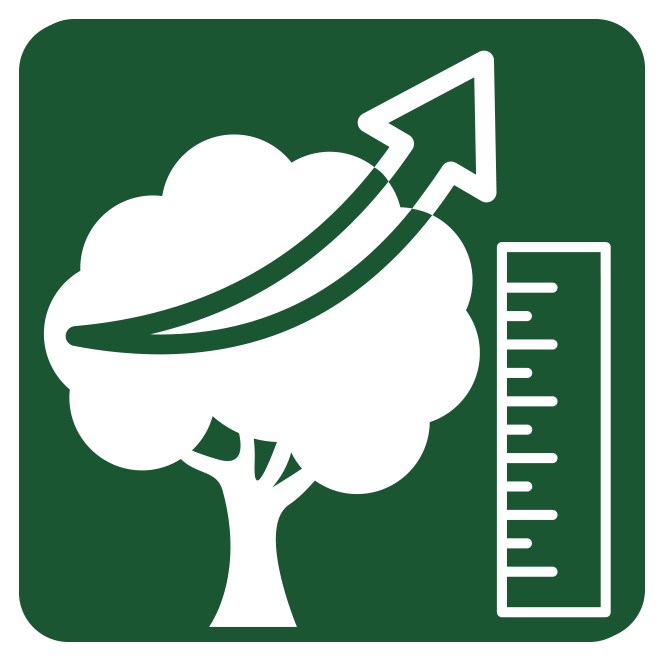 Growth Rate
Growth Rate
Rapid: 2 ft or greater per year
 Soil Type
Soil Type
Clay: Small sized particles. Long moisture retention and low nutrient availability.
Loam: Equal mix of clay, sand, and silt. Moderate moisture retention and high nutrient availability.
Silt: Medium sized particles. Moderate moisture retention and high nutrient availability.
 Soil Moisture Tolerance
Soil Moisture Tolerance
Moist: Soil can remain damp and does not normally retain standing water
Root - Fungal Association
Arbuscular mycorrhizae: Symbiotic relationship with fungi that exist on inside of plant root cells, facilitating nutrient uptake
Pest & Pathogen Risks
Very Low
 Urban Stress Tolerance
Urban Stress Tolerance
Medium: Tree can adapt to a few urban conditions and will generally grow well
Drought Tolerance
Tolerant: Tree will not become stressed during periods of drought
Coefficient of Conservatism
6
Native Status
OH-Native: Species is native to Ohio
NatureServe G-rank
G5
Plant Community Type
- Beech Mixed: Rare
- Oak Mixed: Rare
- Alluvial: Rare
- Red Maple Mixed: Rare
- Ruderal: Rare
- Urban Tree Cover: Common
Bloom Color
Green
White
Form
Tree
 Lifespan
Lifespan
Long: Greater than 250 years
Soil pH
Acidic (pH<6.8)
Wetland Indicator Status
FAC: Facultative, occurs in wetlands and non-wetlands
Soil Compaction Tolerance
Tolerant: Tree will not become stressed from soil being compacted
Heat Tolerance
Tolerant: Tree will not become stressed for increased temperature due to urban heat island effects
Salt Tolerant
Sensitive: Intolerant to either aerial salt spray and/or salt present in soil
Native County Status
Cuyahoga
IUCN Red List Assessment
Least Concern
